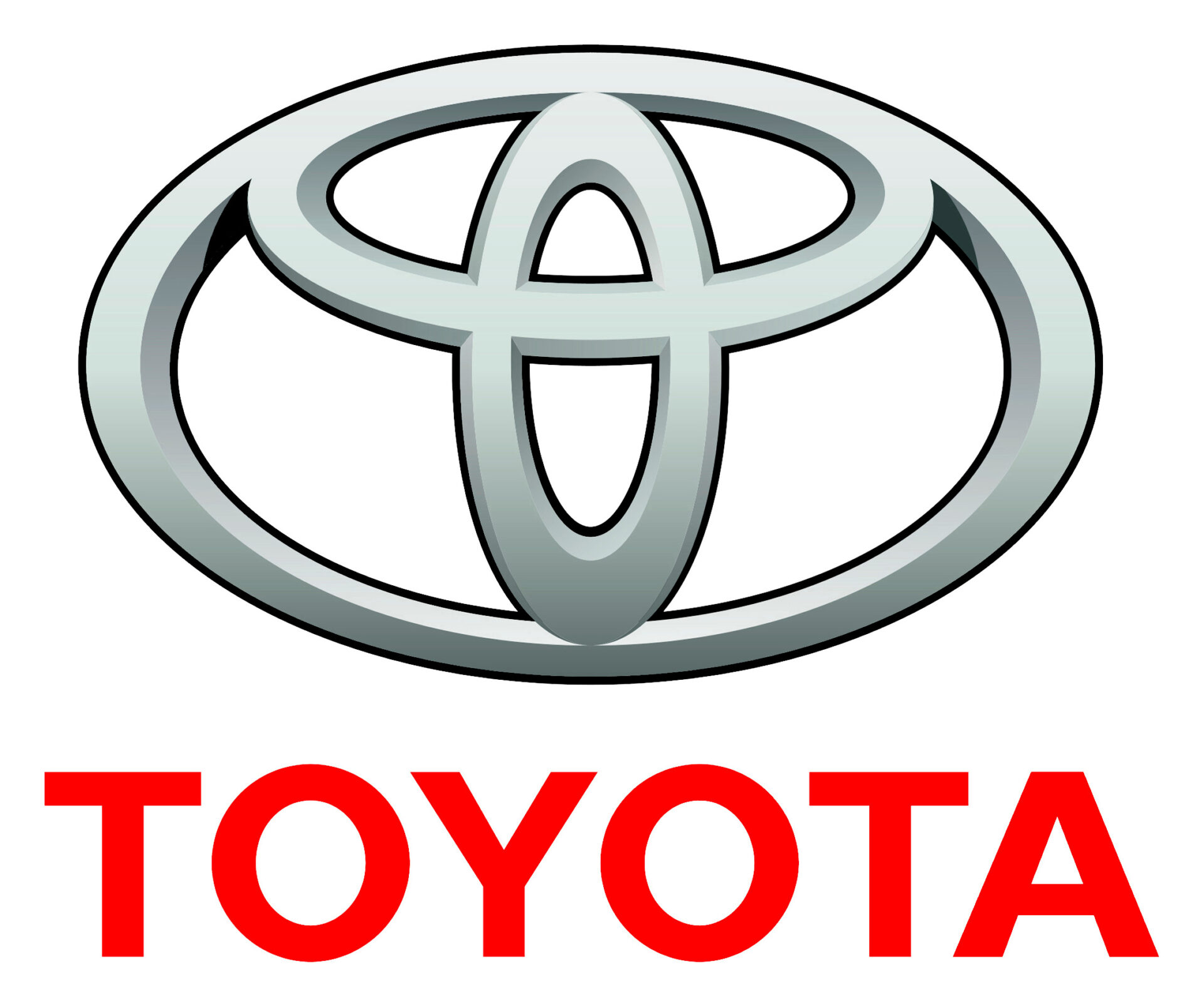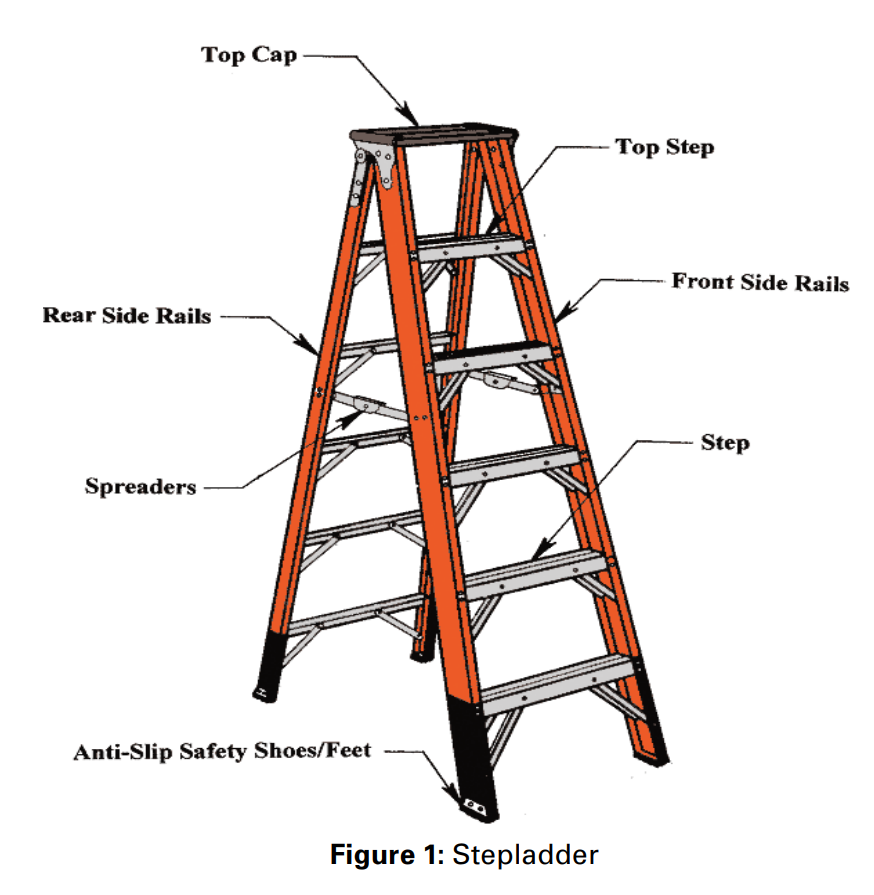Baby Steps Can Change Your Life: Kaizen
In his book, One Small Step Can Change Your Life: The Kaizen Way, Robert Maurer Ph.D. defined “kaizen”as, “using very small steps to improve a habit, process, or product”, and lists three related myths:
- Change is Hard
- The Size of the Step Determines the Size of the Result
- Kaizen Is Slow; Innovation Is Quicker
Myth: Change is Hard
As an example of a small, simple change with big benefits, he cites standing instead of sitting—e.g., by using a sit-stand desk—to double the metabolic rate.
Myth: The Size of the Step Determines the Size of the Result
Dr. Maurer cites the American Heart Association advice to do 30 minutes of exercise five days a week as a big step that is hard to practice; while Mayo Clinic research showed moving a bit more during the day—e.g., by pacing when on the phone, parking away from store entrances, and standing more—could burn 300 calories daily and cause a 30-lb yearly weight loss.
Myth: Kaizen Is Slow; Innovation Is Quicker
“Perhaps the most dramatic example of what can happen when innovation is used and abused is Toyota, a company that calls kaizen its soul. For most of its history after World War II, Toyota exemplified quality automobile manufacturing. Consumers bought Toyotas not for the styling or prestige but for their unparalleled reliability,” Maurer said.
“…But by 2002, Toyota management decided it was not enough to build the highest-quality and most-profitable cars—it wanted to be the biggest car company in the world. And the company succeeded. It built factories rapidly and added enough capacity to produce three million additional automobiles in just six years. But productivity came at a high price: Suppliers could not sustain the quality for which Toyota was known, and the new factories did not have the time to build a kaizen culture. The result was over nine million recalls and some well-deserved bad publicity.”
Here is an internal memo from Toyota’s General Manager of Human Resources, written before the crisis hit: “‘We make so many cars in so many different places with so many people. Our greatest fear is that as we keep growing, our ability to maintain the discipline of kaizen will be lost.’”
“In time, Toyota recognized that abandoning kaizen drove the company away from a commitment to its core principles. Since the crisis, Toyota has slowed down production, given local managers in the U.S. more responsibility for quality control, and trained new workers in the kaizen culture. Toyota has returned to focusing on quality, not quantity, as its mission.”
We welcome input on this post.




